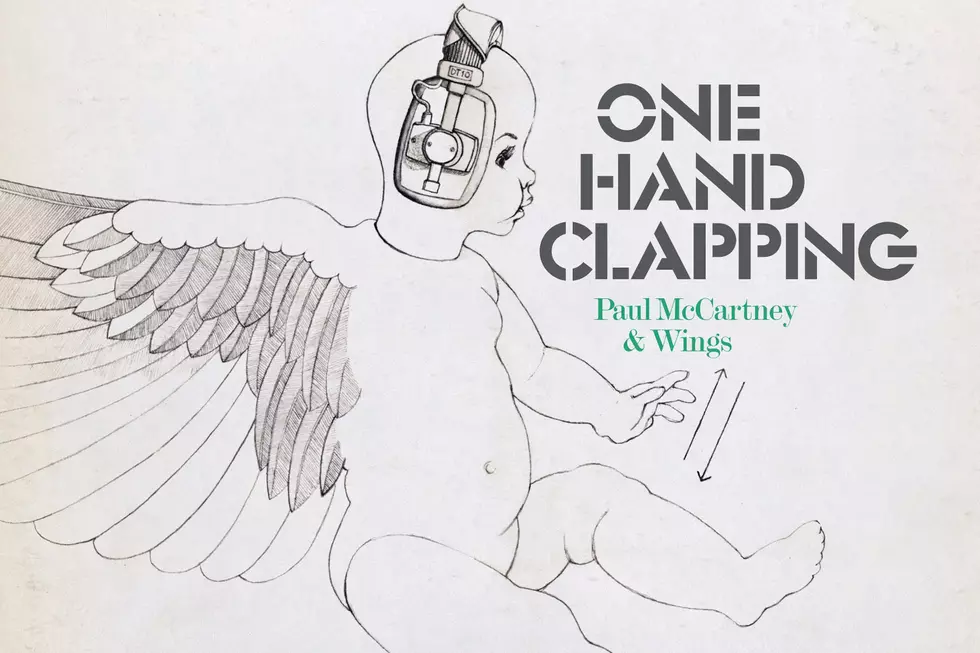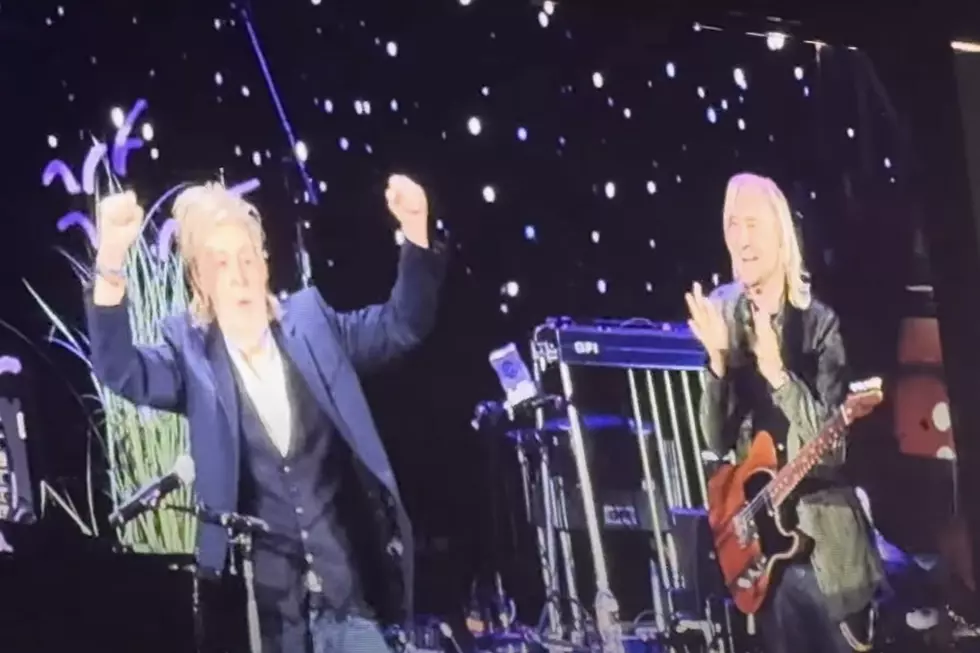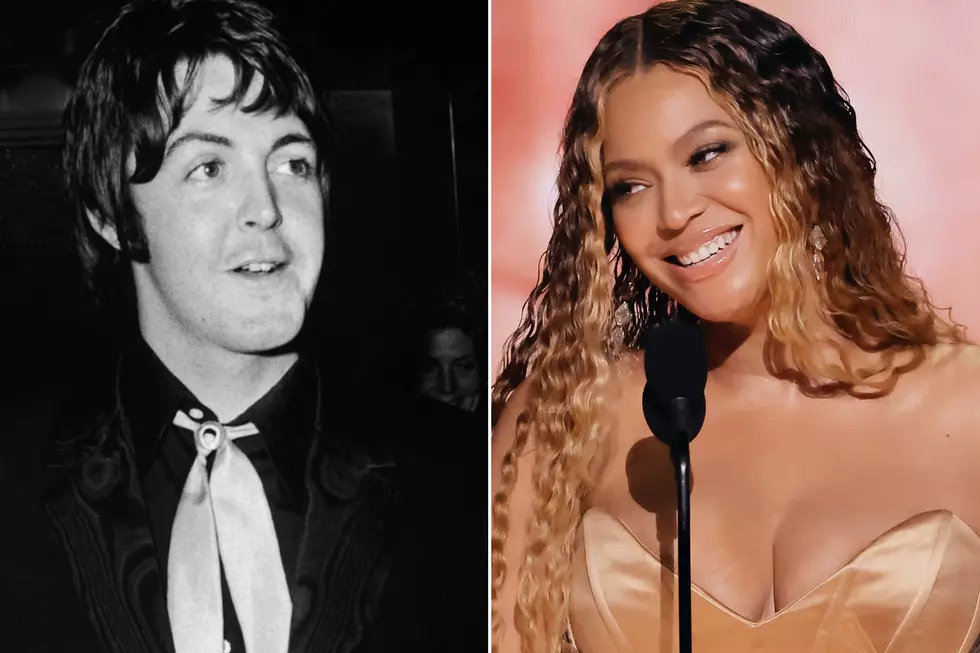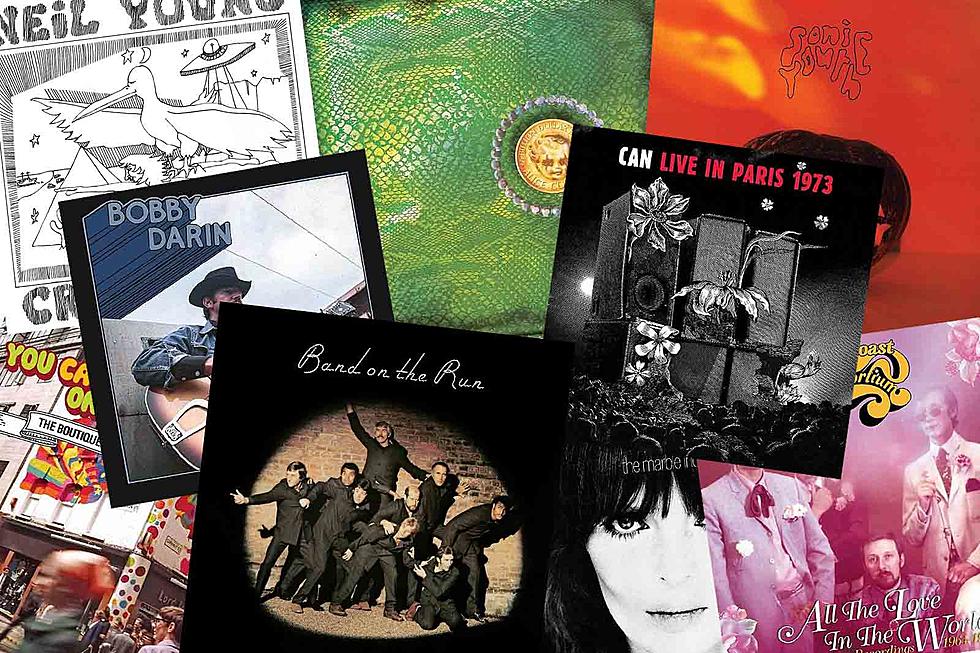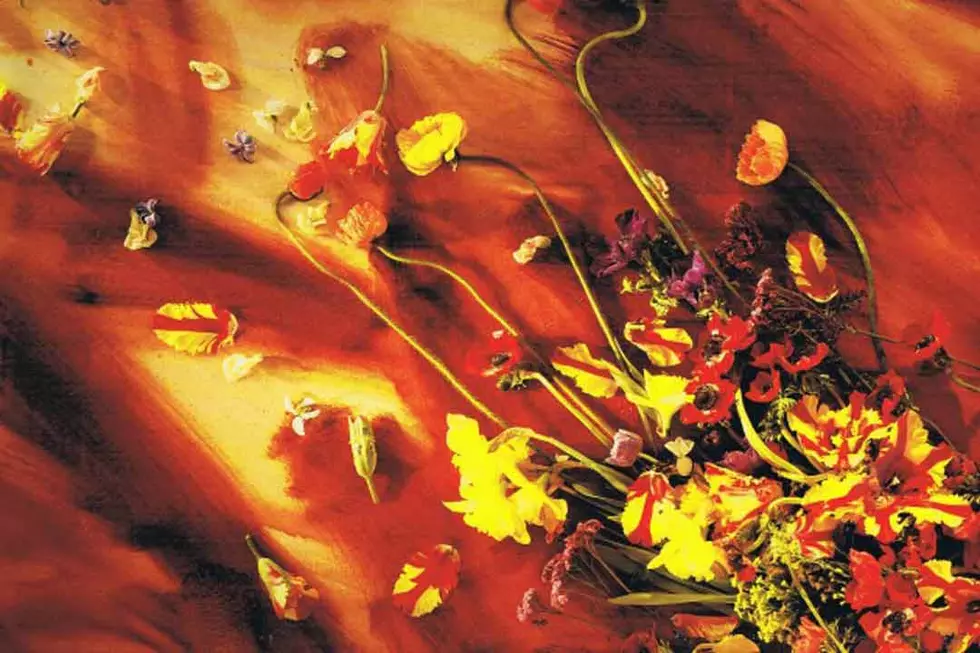
How Paul McCartney Got Back on Track With ‘Flowers in the Dirt’
By the late '80s, Paul McCartney had emerged as the most prolific solo artist of the former Beatles. John Lennon's semi-retirement and subsequent murder, Ringo Starr's personal issues and dwindling sales, and George Harrison's evident lack of interest in consistently maintaining a recording career all conspired to keep them off the charts for long stretches of the decade while McCartney remained steadily active, releasing albums at regular intervals and enjoying a fairly reliable amount of commercial success along the way.
But even if you could count on a new McCartney record every couple of years – and a hit single or two to go with it – that didn't mean they were all created equal. He endured his share of ups and downs over the years, and as the '80s wore on, a number of critics (not to mention Beatles fans) felt he'd started to lose touch with his muse, favoring synth-assisted soft rock records that boasted little of the spark of his classic work. Following 1984's Give My Regards to Broad Street and 1986's Press to Play, he seemed to be in need of a fab infusion.
That process started with 1988's Choba B CCCP, an oldies-dominated live album that acted as a gift of sorts for Soviet fans, who received the record years before the rest of the world – and were thus privy to McCartney's increased willingness to engage with his past, which would bear further fruit with the release of his eighth studio solo LP, Flowers in the Dirt, on June 5, 1989. Working with a small army of collaborators that included everyone from Elvis Costello to mega-producer David Foster, he emerged from a three-year recording hiatus with a group of songs that was altogether livelier – and more Beatles-esque – than anything he'd done in years.
It wasn't an accident. "I think mainly because we're going out on tour, we probably took a little bit more care over this one," McCartney once mused. "I just don't want to be stuck out in America somewhere, plugging an album that you don't really like. ... We concentrated on kind of what the songs were, and probably a bit more than we would usually to get them right."
Watch Paul McCartney's 'My Brave Face' Video
To the delight of longtime fans, the Flowers in the Dirt sessions also saw the return of McCartney's signature Hofner bass. As he explained to Guitar Player, he rekindled his relationship with the instrument during his songwriting sessions with Costello.
"He asked me to bring the Rickenbacker and the Hofner, because he's sort of a fan of older instruments. He often uses Hofner guitars because they've got a real honky sound that he likes. It's a period sound. During the work on Flowers in the Dirt, he said, 'Why don't you try the Hofner?' It was a little bit like pulling it out of mothballs."
As McCartney went on to explain, he'd abandoned the instrument because its physical quirks made it difficult to rely on. "I had resigned myself to not working with it again because it's not very precise, but he said, 'Oh, I love the sound, and you must be able to get it in tune.' So, we fiddled around, and we did a bit of work on it. We just about got it so it was in tune everywhere on the neck, so that was great after all these years. You've got to have the bridge at a very acute angle to get it to work. But anyway, it started to sound really good and he was very happy with it."
But it wasn't just Costello's prodding that reawakened McCartney's fondness for the Hofner. "And the other thing is, I saw a little bit of the Let It Be film of the Beatles on the roof doing 'Get Back,'" McCartney continued, "and I realized that the way I was holding the Hofner was not like you hold a big, heavy thing that weighs you down and you sort of become a part of it. It's as if it were just a little jacket or something; it's so light, it's like a little piece of balsa wood. ... Because it's so light, you play guitar-y stuff on it; you play quite fast stuff. It just kind of flows more naturally than if you're on a physically heavy bass."
Costello's influence extended to more than McCartney's choice of instrument. As he quickly discovered during the songwriting sessions that produced tracks such as "You Want Her Too," "That Day Is Done," and the leadoff single "My Brave Face," their talents combined to produce an occasionally quite Beatlesque sound – so much so that McCartney was initially uncomfortable with it. "I really resisted it at first," he explained. "I said, 'We can't do this, man. This is me and John.' But Elvis said, 'It's your style. There's nothing wrong with it.' He really drew me a bit toward the Beatles thing. He made me think, 'Why am I being resistant to it? What is the resistance?' You know, you don't want to be seen to be trying to be a Beatle again. It isn't seemly."
Listen to Paul McCartney's 'Figure of Eight'
As Costello explained in a separate interview, he wasn't just motivated by a love of the Beatles. He also didn't have much use for some of McCartney's later solo work. "I know more of his music than cynical people might expect,” he said when discussing the duo's collaboration for Costello's Spike LP. "When we first went to America and it was Foreigner and Journey and all that layered, sugary, anthemic s---, Wings’ stuff like "With a Little Luck" or "Dancing Queen" was like manna from heaven. [...] A lot of his post-Beatles work is not to my taste. We had to accommodate the difference."
Ultimately, however, McCartney ended up warming to the idea of reconnecting with his roots; in fact, when he embarked on a world tour in support of Flowers in the Dirt, he incorporated a number of Beatles songs into the set list that had never been performed live. "When the Beatles broke up, it was a very tough time for all of us. It wasn't just our job; it was a bit like a divorce," he pointed out. "None of us really wanted to do the songs we were famous for. We wanted to strike out to new pastures and try and do new stuff. We avoided the Beatles stuff and when I toured with Wings, we did a couple. So much time has gone by – it's like 20 years now – that now I look at the songs and I don't think, 'Oh, those painful memories,' I think, 'Those are some nice songs we did.'"
"Some nice songs" proved the prevailing sentiment with regards to Flowers in the Dirt, too. Although it wasn't exactly a smash hit on the level of some of the bigger records from McCartney's past, it performed more than respectably, topping the U.K. charts and breaking the Top 40 in the U.S., where it went gold. But far more importantly, this album and its subsequent tour served as a reclamation of one of rock's most enduring legacies while continuing to tinker with its musical DNA – establishing the pattern that he's followed ever since. By refusing to turn his back on his past, Paul McCartney opened up his future.
Beatles Solo Albums Ranked
See Paul McCartney in Rock’s Craziest Conspiracy Theories
More From Ultimate Classic Rock
